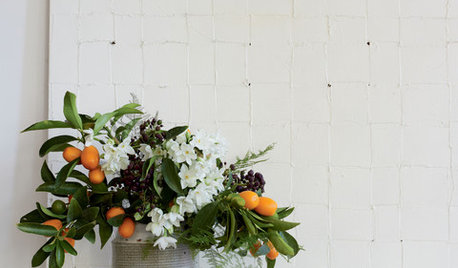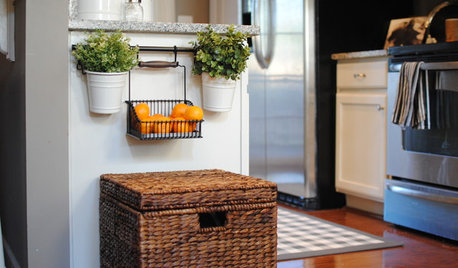Fruit trees for Maryland
herbal
13 years ago
Featured Answer
Sort by:Oldest
Comments (10)
Scott F Smith
13 years agolast modified: 9 years agobennylafleur
13 years agolast modified: 9 years agoRelated Professionals
Ashburn Landscape Architects & Landscape Designers · Lakewood Landscape Architects & Landscape Designers · New Mexico Landscape Architects & Landscape Designers · Signal Hill Landscape Architects & Landscape Designers · Sahuarita Landscape Architects & Landscape Designers · Mount Wilson Landscape Architects & Landscape Designers · Woburn Landscape Contractors · Anderson Landscape Contractors · Dallas Landscape Contractors · Gainesville Landscape Contractors · Lake Zurich Landscape Contractors · Mastic Beach Landscape Contractors · Mequon Landscape Contractors · New Cassel Landscape Contractors · Tacoma Landscape Contractorsherbal
13 years agolast modified: 9 years agoEric101
13 years agolast modified: 9 years agoScott F Smith
13 years agolast modified: 9 years agoaustransplant
13 years agolast modified: 9 years agoherbal
13 years agolast modified: 9 years agobob_z6
13 years agolast modified: 9 years agoalan haigh
13 years agolast modified: 9 years ago
Related Stories

FARM YOUR YARDIf You Have Room for Only One Fruit Tree ...
Juice up a small garden with one of these easier-care or worth-the-effort fruit trees for a mild climate
Full Story
EDIBLE GARDENSHow to Grow 10 Favorite Fruit Trees at Home
Plant a mini orchard in fall, winter or early spring to enjoy fresh-off-the-tree fruit the following year
Full Story
GARDENING AND LANDSCAPINGCrazy for Fruit Trees
Whether a single citrus or a mini apple orchard, even the smallest landscape space can bear deliriously delicious fruit
Full Story
GARDENING GUIDESGreat Design Plant: Grow Blueberries for Their Fruit and More
Eastern gardeners should consider growing blueberry plants for their delicious fruits, bee-friendly spring blooms and brilliant fall foliage
Full Story
EDIBLE GARDENSGrow Plum Hybrids for Your Favorite Fruit Flavors
Plums are cozying up with apricots, peaches and even cherries — here’s how to grow these hybrids for the best aspects of each
Full Story
MY HOUZZMy Houzz: Classic East Coast Style in Maryland
Collected vintage finds, clean furnishings and European touches are highlights of a couple's bright and airy 1923 house
Full Story
FALL GARDENING5 Fall Fruits You Can Grow in Containers
Brighten your porch or patio with a potted pomegranate, kumquat, blueberry bush or another great fall fruit
Full Story
MOST POPULARHow to Get Rid of Those Pesky Summer Fruit Flies
Learn what fruit flies are, how to prevent them and how to get rid of them in your home
Full Story
DECORATING GUIDESPut Your Best Fruit Forward in Splendid Fall Arrangements
Luscious, colorful and unbeatably fresh, fruit-centered arrangements bring welcome flavor to fall home decor
Full Story
Fruit Displays Sweeten Summer Interiors
Eating the rainbow takes on a new meaning in these seasonally inspired fresh fruit accents
Full StoryMore Discussions






alan haigh